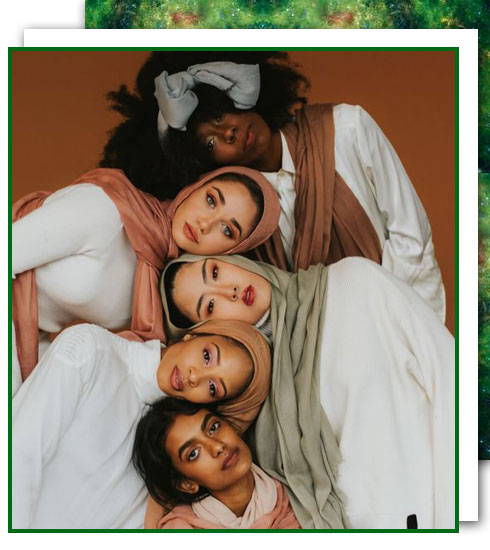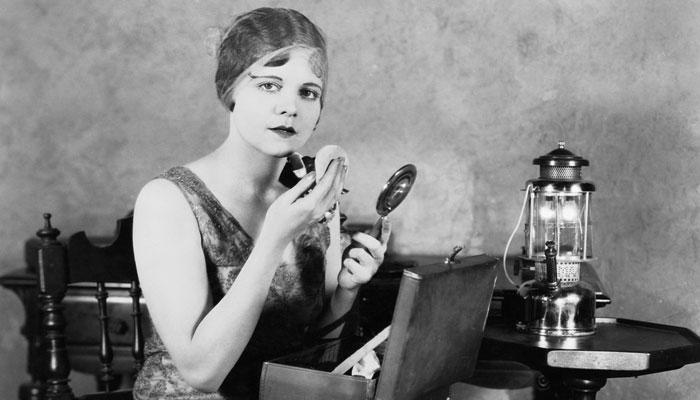
We’ve died to look beautiful. Our history is testament to that. Trace the evolution of foundations and its dark past will stare you in the face. Mankind, no matter which part of the world, despite the lack of connectivity, has unanimously attributed physical appearance as penultimate. And went through any measure to play it to the hilt. A saga that dates back to BC.
In a turn of events, foundations today have progressed to be known as our skin-perfecting staples. How they went from scary to safe, you might ask? We’ve chronicled every gory detail for you, era by era.
Read on to know about the history of foundation makeup and foundation ingredients through time:
-
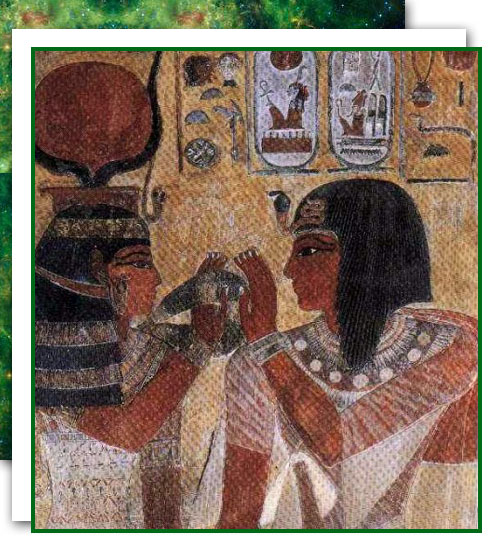
1. Not So Fair
The history of foundations stems back to antiquity. Back in 200 BC, the ancient Greeks and Romans were obsessed with a pure-white complexion. Pale skin was associated with affluence, and darker tones with tanned, outdoorsy lifestyles. In a bid to emulate that, denizens would paint their faces with a white chalk, which we now know was white lead. Immediately recognized as ‘face painting’, it’s also mentioned in the Old Testament. And men too were party to this hack.
-
2. The Poisonous Past
This white lead was used as a powder, chalk or cream all over the face and body for fairer, even toned skin. The creams were made of animal fat, starch and tin oxide. Women also applied ceruse, a lethal, white mixture of vinegar and white lead, so lethal that it led to hair loss, rotten teeth, permanent skin discoloration and death. In the 6th century women bled themselves to achieve a pale complexion. This went on through the Italian Renaissance and the Elizabethan era. Egg white was another sticky but shiny substitute for foundation ingredient. In the 18th century, heavy-duty theatrical makeup gained popularity. And it was in theatre that contouring took shape as a technique.
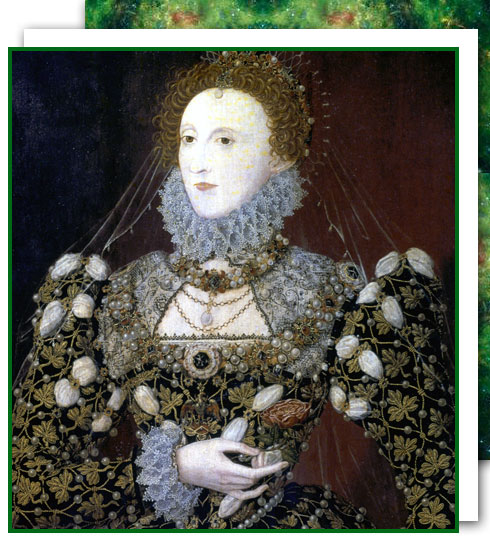
-
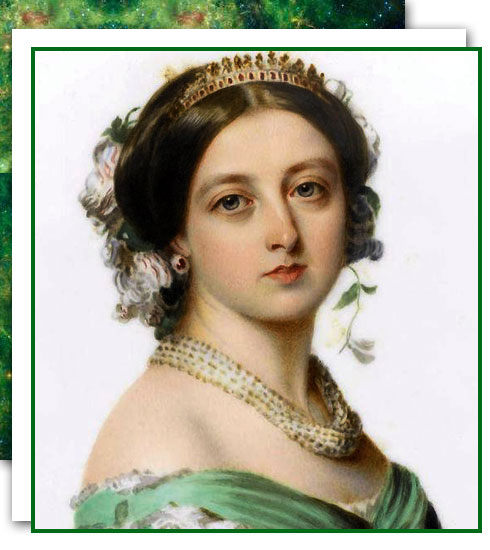
3. Blessing In Disguise?
Queen Victoria abhorred makeup and so in the 18th and 19th centuries, she made it a taboo, with only prostitutes and ‘loose women’ allowed to wear it. Actresses made it on this list. But in the 19th century the ban eased as the formula advanced to one that included zinc oxide, mercury, lead, nitrate of silver and acids. Some women ate chalk and drank iodine to achieve whiteness.
-
4. The Breakthrough
Then came Carl Baudin’s (of the Leipzeiger Stadt theatre in Germany) invention that’s closest to modern day foundation. To conceal the joint between his wig and forehead, he created flesh-colored ‘Greasepaint’, made of fats and pigment. Its popularity gained momentum among actors and he began selling it commercially, and ruled the roost until 1914. Albeit, his formula would crack at the lift of an eyebrow.
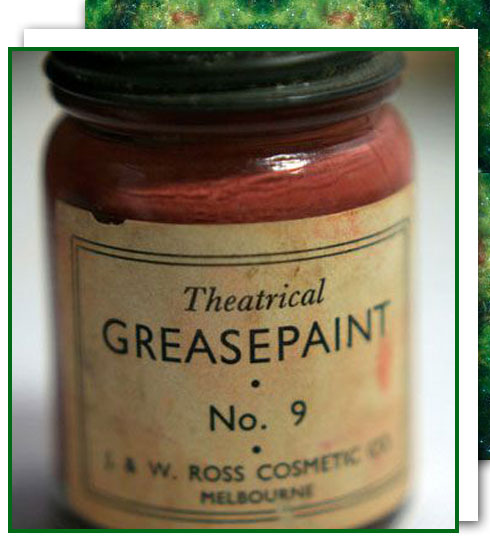
-
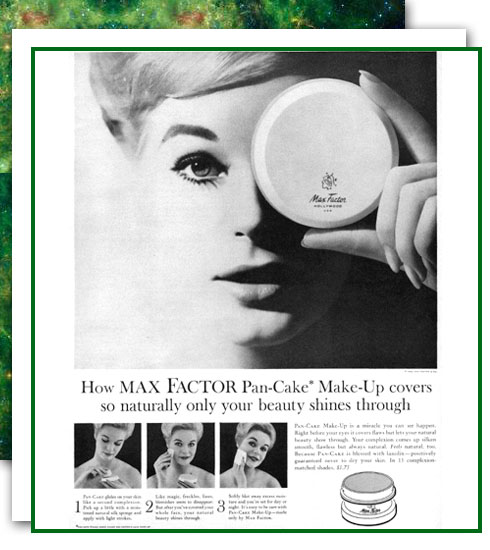
5. Father Of Makeup
Wondering who invented foundation makeup? It was Hollywood makeup entrepreneur and legend, Max Factor, who coined the term Make-up in 1920. And it was he who noticed that actors’ faces appeared brick red and blue ever since the development of technicolour film. That was the catalyst behind his master stroke ‘Pan-Cake’. The first foundation-and-powder-in-one was made of talc, not the regular oil or wax, that could be applied directly on to skin with a wet sponge. It covered blemishes with a natural finish, that was lightweight and could be worn publicly. In 1940, despite the economic turmoil, it was the most successful cosmetic launch if the time, and soared through the Golden Age of cinema. One in three women owned it and is still sold today, earning it a cult status.
-
6. Liquid Stockings
Around the ’30s and ’40s, during the Second World War, women yearned to rid of stockings. Liquid foundation was born from a necessity to covering up blemishes and even out skin tone on legs. It was rub-resistant, sweat proof and non-transferrable. As the century progressed, cosmetic chemists micronized powders to a fineness that was unimaginable. This newfangled formula didn’t streak, didn’t dry, didn’t settle and was smoother on the skin – and face.

-
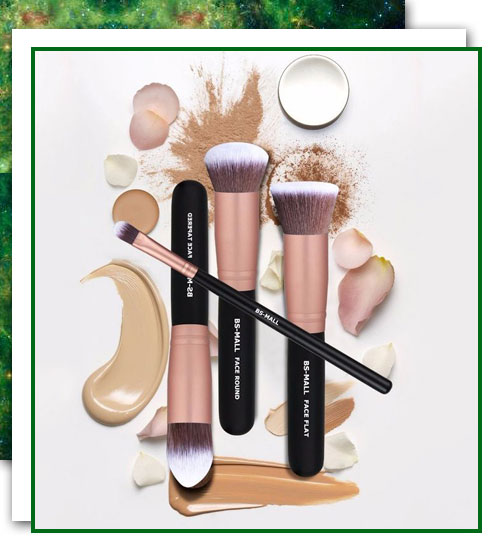
7. Making Head
In hindsight, each decade’s complexion evolved drastically. If the ’60s foundation was powdered down to a doll-like mask, the ’70s favored a creamy, opalescent consistency, the ’80s strove to look “done” a la kabuki-style over-done, after which the ’90s opted for a matte-but-flat natural guise. Toay, the world of foundations offers the whole schmear: from formula and texture to tone and base. Think pressed powders, illuminating pigments, cushion compacts, coverage sticks, liquid bottles, loose powders, mineral powders, BB creams… It’s even taken a green turn. Skincare benefits and SPF properties included.
-
8. The Irony
In 2017 ‘inclusive beauty’ is the mantra to live by. Cosmetic companies have woken up to include shades that match all skin tones. Wickedly, a phenomenon that began by people of color, for the people of color washed the people of color out completely from its chronology. Another interesting fact is that ancient Egyptian beauty remedies were made from herbs, plant-based pigments and oils. Which were far from dangerous or deadly. All repercussions of our regressive, racist past? Unquestionably.
